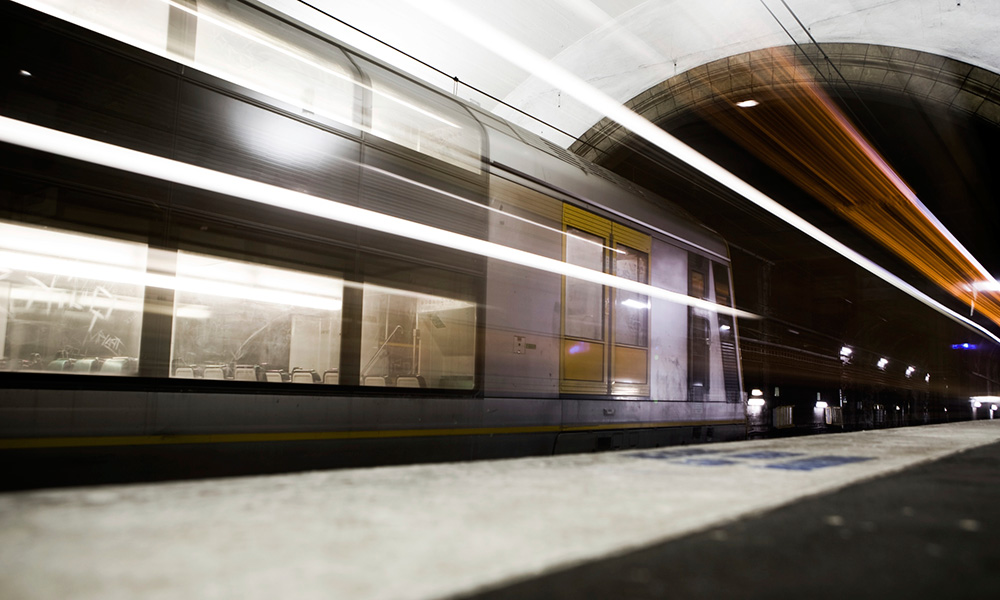
APTA: Census Survey Doesn’t Tell Whole Commuting Story
More Americans are driving to work alone, according to the American Community Survey, but the American Public Transportation Association is pleased with recent commuting trends.
On the surface, the data seems bleak for public transportation.
Last year, 76 percent of workers age 16 and older drove to work alone, according to the Census Bureau’s annual American Community Survey. Meanwhile, public transportation accounted for just 5 percent of commuting traffic.
So why does the American Public Transportation Association (APTA), the standard-setting body for the public-transit industry, view the data as favorable?
“The trend in auto use was steadily rising from the 1950s through the ’90s, but in the last few years it has peaked,” said Art Guzzetti, vice president of policy for APTA. “The transit trend, on the other hand, is much different. It was spiraling down in the 1950s through the ’70s, then it flattened out, and it’s now ramping back up…. [P]ublic transit is on the rise.”
“People are going in with their eyes wide open and choosing to say that they want transit as part of their community.”
As for the survey’s finding that only 5 percent of commuters use public transportation, Guzzetti noted that that number is an aggregate—encompassing all places and the whole week—and doesn’t paint a complete picture. “Forty-five percent of households in the U.S. don’t have access to transit,” he said. “We would for sure like to see that number increase, but we need the plans to do that, and there are a lot of things that go into that.”
The rebound over the last three decades is a result of reinvestment in public transportation, after years of spending geared toward cars, Guzzetti said.
“In 1980 there were seven light-rail systems, and today there are 36. There were nine commuter-rail systems; today there are 29 with two new ones to open soon,” he said. “That shows that when you start to reinvest, you start to give options, people are going to make the smart choice—sometimes that’s an auto trip and sometimes that’s a transit trip, but at least they have a choice.”
APTA has actively worked to educate the public and government officials at the local, state, and federal levels about the importance of investing in multiple modes of transportation and has seen that effort pay off. In last week’s off-year election, seven ballot measures around the country asked if residents were willing to invest in public transit, either through municipal bond packages or, in some cases, tax increases—six passed. In the 2012 election, 49 out of 62 such measures were approved, Guzzetti said.
“People are going in with their eyes wide open and choosing to say that they want transit as part of their community,” he said. “Facts are strong that they do value that transit-friendly location—the reputation of a city can be based in part on how good the transportation system is. And the newer generation has this changing attitude on travel behavior. They like to multitask, and they’d rather text than drive.”
That’s not to discredit roads, though.
“They’re incredibly important, and that’s part of our view,” Guzzetti said. “But so is transit. Every day there are 36 million boardings on public transportation. It’s a $58 billion business that employs 400,000 people directly. There will always be a lot of growth opportunities here.”
(iStock/Thinkstock)






Comments